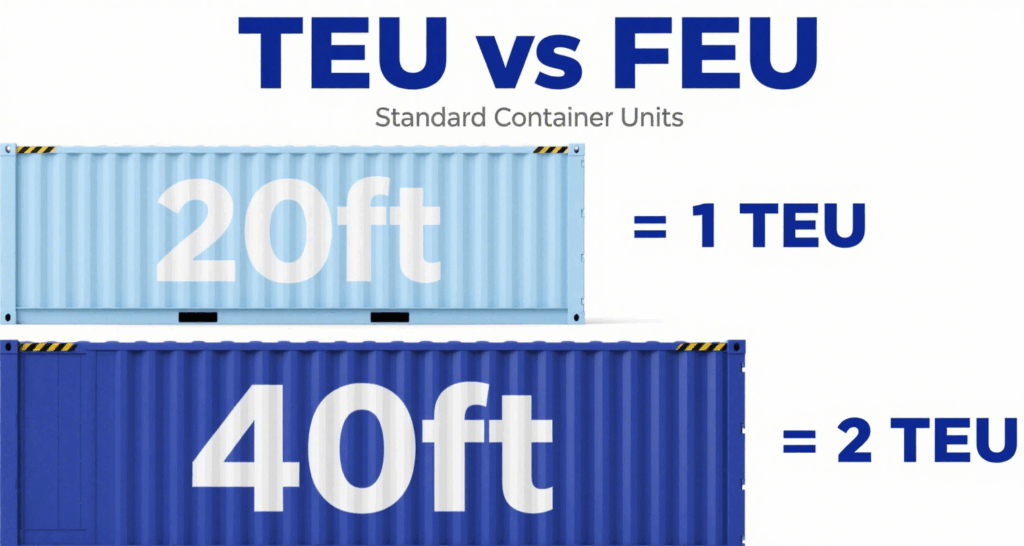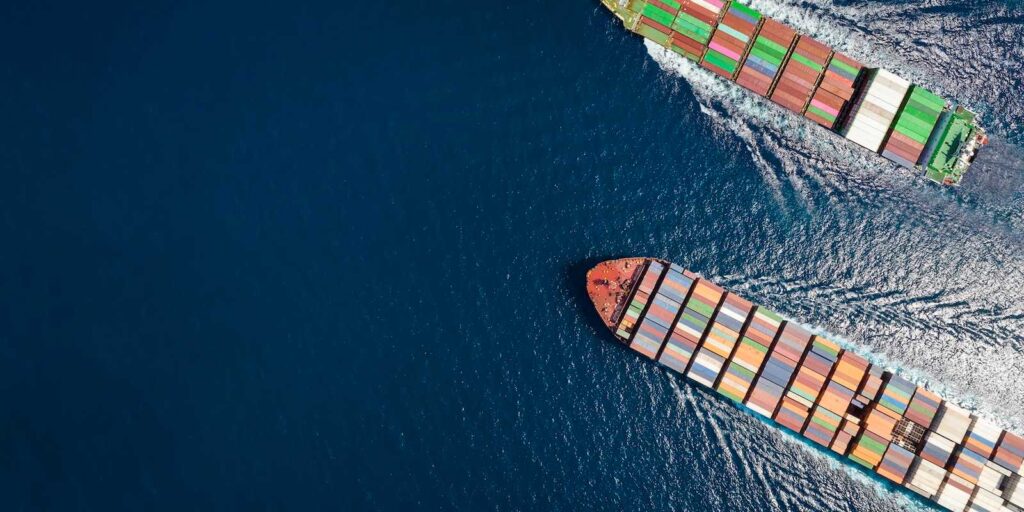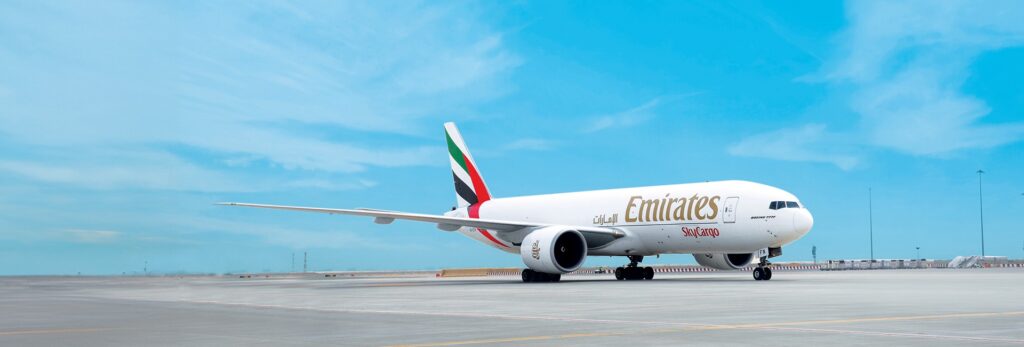- By Della tj
- October 16, 2025
- Sea Freight, Shipping
Businesses importing from China to Italy need a balance of cost, reliability, and delivery speed. Choosing the best sea freight from China to Italy ensures smooth operations, reduced shipping costs, and dependable delivery schedules. This guide explains how to optimize freight routes, control expenses, and avoid customs delays.

1. Why Choose Sea Freight from China to Italy?
Sea freight remains the most practical solution for bulk shipments. Although it takes longer than air freight, it’s far cheaper per unit and ideal for durable goods, machinery, textiles, furniture, and electronics.
Moreover, Italy’s advanced port infrastructure—especially in Genoa, Venice, and Trieste—offers efficient access to major European markets. As a result, importers gain stable supply chains and predictable costs.
Advantages of Sea Freight
| Benefit | Description |
|---|---|
| Cost Efficiency | Sea freight is 60–70% cheaper than air freight for large shipments. |
| Scalability | Flexible for full (FCL) or less-than-container loads (LCL). |
| Global Reach | Direct service to top Italian ports from major Chinese cities. |
| Sustainability | Lower carbon footprint than air freight. |
2. What Are the Main Sea Routes from China to Italy?
Major shipping routes connect Chinese ports such as Shanghai, Shenzhen, Ningbo, Qingdao, and Guangzhou to Italian destinations like Genoa, La Spezia, and Venice.
Typical transit time varies between 25–35 days, depending on the carrier, vessel type, and transshipment points.
| Origin Port (China) | Destination Port (Italy) | Average Transit Time | Recommended Service |
|---|---|---|---|
| Shanghai | Genoa | 28–32 days | FCL / LCL |
| Ningbo | La Spezia | 27–30 days | FCL |
| Shenzhen | Venice | 30–35 days | LCL |
| Qingdao | Trieste | 26–29 days | FCL |
| Guangzhou | Genoa | 25–30 days | Express Sea Freight |
Additionally, some routes combine sea and rail for time-sensitive shipments—reducing delivery to under 25 days.
3. What Are the Shipping Costs from China to Italy?
Shipping prices fluctuate based on fuel costs, season, container size, and destination port. However, average rates remain competitive compared to other regions.
| Container Type | Average Cost (USD) | Transit Time | Best for |
|---|---|---|---|
| 20ft FCL | $850 – $1,150 | 25–35 days | Light or medium goods |
| 40ft FCL | $1,450 – $1,900 | 25–35 days | Heavy or bulk shipments |
| LCL Cargo | $50 – $80 / CBM | 30–40 days | Small cargo or mixed loads |
Pro tip: Booking 2–3 weeks in advance helps avoid congestion and guarantees space at lower rates.

Ready to streamline your shipping? Contact us today for a fast, Partner with TopChinaFreight to receive a tailored logistics solution that matches your shipping needs.
4. Which Documents Are Required for Sea Freight to Italy?
Proper documentation ensures smooth customs clearance and prevents unnecessary delays.
| Required Document | Purpose |
|---|---|
| Bill of Lading (B/L) | Proof of shipment and ownership |
| Commercial Invoice | Declares item values for customs |
| Packing List | Details goods inside the container |
| Certificate of Origin | Verifies manufacturing country |
| Import License (if needed) | Required for restricted goods |
| Insurance Certificate | Covers cargo loss or damage |
Additionally, Italy follows strict EU import regulations, meaning that goods must comply with CE marking and safety standards.
5. How to Choose the Best Sea Freight Forwarder from China to Italy
Partnering with a trusted freight forwarder ensures transparent pricing, faster customs clearance, and reliable delivery schedules. Look for companies that:
- Offer end-to-end services (pickup, customs, sea transport, and delivery)
- Provide real-time shipment tracking
- Have partnerships with major carriers (Maersk, MSC, COSCO, CMA CGM)
- Deliver insurance and documentation assistance
Real Case Example 1
Route: Shenzhen → Genoa
Cargo: 12 tons of electronic appliances
Mode: 40ft FCL
Cost: USD 1,720
Duration: 29 days
Outcome: Delivered on time using MSC, customs cleared within 24 hours.
Real Case Example 2
Route: Ningbo → Venice
Cargo: Furniture and home décor
Mode: LCL (8 CBM)
Cost: USD 540
Duration: 33 days
Outcome: Shared container reduced total cost by 30%.
6. How Does Sea Freight Compare with Air or Rail?
Each shipping method has its strengths. The table below helps you decide which fits your needs.
| Transport Mode | Cost | Transit Time | Ideal Cargo Type | Pros | Cons |
|---|---|---|---|---|---|
| Sea Freight | Low | 25–35 days | Bulk goods | Cost-effective | Slower |
| Air Freight | High | 5–8 days | Urgent or perishable goods | Fast delivery | Expensive |
| Rail Freight | Medium | 18–22 days | Medium shipments | Faster than sea | Limited capacity |
For most importers, sea freight offers the best cost-to-volume ratio, especially for goods that are not time-sensitive.
7. How to Reduce Delays and Ensure Reliable Delivery
Although port congestion and customs checks can slow shipments, proper preparation minimizes risks.
Tips for On-Time Delivery:
- Schedule shipments outside peak seasons (October–December).
- Ensure correct HS codes and labeling.
- Use consolidation services for smaller orders.
- Maintain regular communication with your forwarder.
- Choose routes with fewer transshipments for faster transit.
Moreover, establishing a supply chain visibility system helps track cargo in real time, reducing uncertainty.
8. What Are the Latest Trends in Sea Freight to Italy?
The logistics industry continues to evolve rapidly. Notable trends include:
- Digital Freight Platforms: Simplify rate comparison and booking.
- Green Shipping Initiatives: Carriers adopt cleaner fuel technologies.
- AI-based Tracking: Improves ETA accuracy and customs processing.
- Flexible Contracts: Allow importers to adjust volumes easily.
These innovations make the best sea freight from China to Italy even more efficient, transparent, and sustainable.
Conclusion
Choosing the best sea freight from China to Italy helps businesses reduce costs, ensure stable supply chains, and meet European import standards efficiently. By comparing routes, selecting the right forwarder, and preparing documentation properly, importers can save time and money.
To summarize, efficient logistics planning guarantees smoother customs clearance, predictable delivery, and long-term competitiveness. Contact a trusted sea freight specialist today to optimize your China–Italy shipping operations.
Request a Quote
Need a tailored solution for your shipping from China?
Let TJ China Freight Forwarder assist you with reliable, cost-effective service.
FAQ:
Q1.Can I use sea freight for personal goods from China to Italy?
Yes, sea freight handles both personal effects and business shipments efficiently between China and Italy.
Q2.How long does sea freight from China to Italy take?
Transit time usually ranges from 25 to 35 days depending on port locations and vessel schedules.
Q3. Is door-to-door service available for sea freight?
Yes, many forwarders offer complete door-to-door delivery from China factories to Italian destinations.
Q4. What affects sea freight costs to Italy?
Container size, cargo weight, shipping route, and season heavily influence sea freight pricing.
Q5. Can small shipments use sea freight?
Yes, LCL shipping lets importers send smaller volumes without booking a full container.



